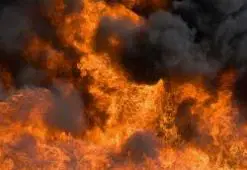- Rising Death Toll: Spain’s flood death toll stands at 218, with an unknown number still missing.
- Massive Rescue Efforts: 17,000 rescuers, including soldiers, police, and firefighters, are working to distribute aid, repair infrastructure, and search for bodies.
- Infrastructure Recovery: Roads, railways, and utilities are gradually being restored.
- Ongoing Challenges: Travel restrictions remain, and residents are urged to work from home to facilitate rescue efforts.
- Criticism of Response: Experts question the effectiveness of warning systems and the speed of the government’s response.
Spain is reeling from its worst floods in decades, with the death toll mounting and concerns growing about the potential for further fatalities. Thousands of rescuers are racing against time to search for missing individuals, clear debris, and restore essential services.
Rescue efforts are focused on submerged buildings, muddy streets, and underground spaces, where many victims were trapped. Divers are searching for bodies in garages and car parks, while authorities prepare for a potentially significant increase in the death toll.
The government has deployed the military on a massive scale, with Prime Minister Pedro Sanchez describing it as Spain’s biggest peacetime deployment of the armed forces. However, criticism is growing about the effectiveness of warning systems and the speed of the response.
Relief and Recovery
- 60% of the telephone network has been restored.
- Almost all power grid restored.
- 93% of affected population has access to gas network.
- Travel restrictions extended for another two days.
- Classes cancelled, residents urged to work from home.
As the situation remains dire, experts and residents alike are questioning the government’s preparedness and response. With many still missing and aid distribution ongoing, Spain holds its breath, awaiting the full extent of the devastation.



















